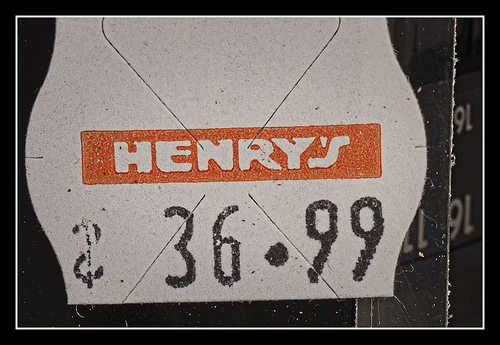
Once you have determined what product you are going to sell, it’s important to set the right price. If your customers are looking at your price tag and it does not match the value of your product, they aren’t going help your profit margin. Your product will just sit there taunting you, reminding you of bottom line that didn’t get drawn.
There are several factors to consider in setting your price. The first, and probably the most important, is your competition. Do a bit of research to find out the pricing of products that are similar to yours. Find the lowest price and highest price, and make sure that you are comparing apples to apples. If you are comparing your product to one that is completely different, your price will not match the value that you are offering.
Once you finish your pricing research, a good rule of thumb is to try a price that is in the middle of the spectrum. Keep your competitor’s pricing in mind and raise or lower yours accordingly. Don’t set your price at what YOU think your product is worth, but base it on demand instead. Generally, your price will be too high if you put your perceived value into the equation. You have to be objective and find the price that will work for you.
You can also use psychological pricing tactics that will help to get your customer’s attention. For example, if your product is worth $50, your customer sees the price as half of $100. Instead, price the product at $49.95. The number looks smaller, and the customer sees it as less. In addition to setting your price in this way, offer the product at that price “for a limited time only.” Your customer is more likely to act on an appropriately priced product right away if they know that the current price may go up.
If you have your own product pricing strategy, please share it here. There are a lot of ways to find the right pricing, so let us know what works for you.
